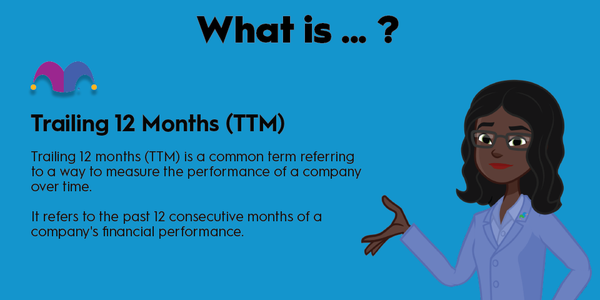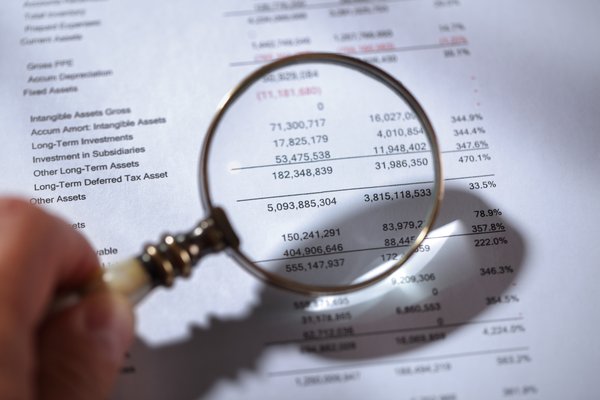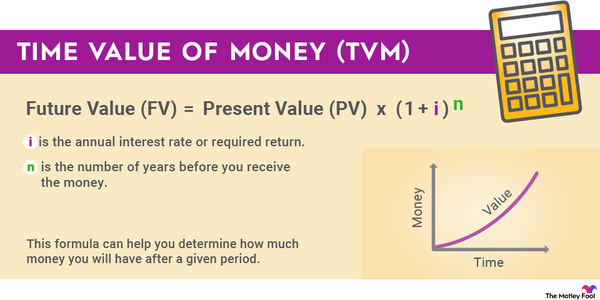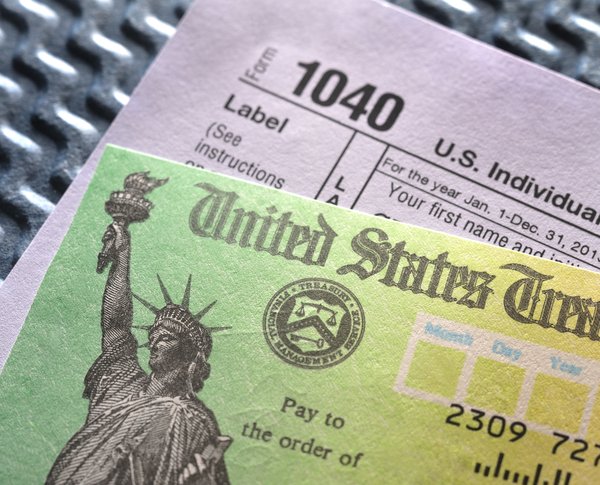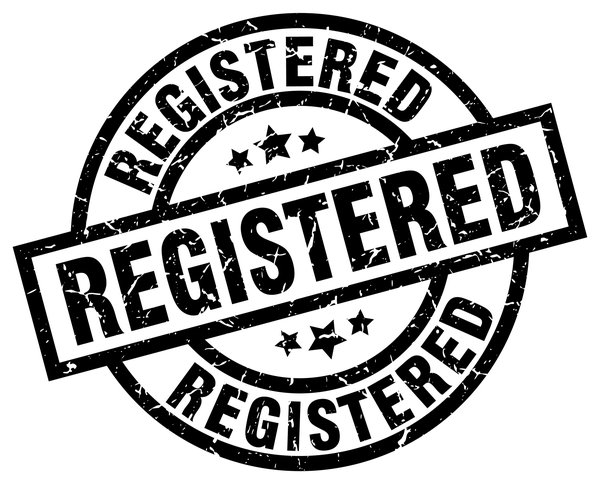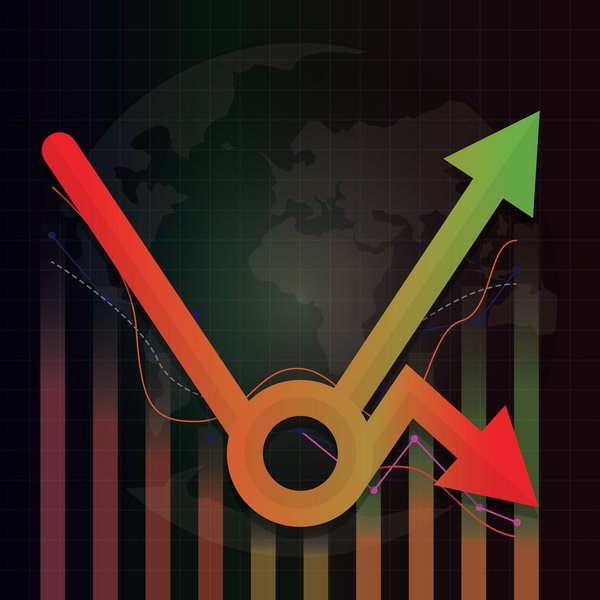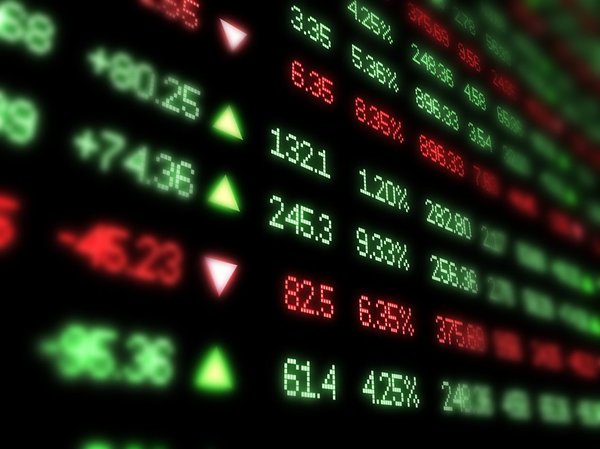Total addressable market (TAM) is a measure of business potential often mentioned in business plans and pitch decks. When used on its own, TAM's main purpose in this context is to impress prospective investors and lenders.
Even so, total addressable market can -- or should be -- an actionable value for business decision-makers. Let's examine what TAM is and the role it plays in strategic growth plans. We'll also cover methods for calculating TAM and provide a TAM example from AI chip designer Nvidia (NVDA -1.95%).

Understanding total addressable market (TAM)
Overview
Total addressable market is an estimation of the revenue opportunity for a product or service. Said another way, it is the revenue that would be generated if the business owned 100% market share.
A basic calculation for TAM is average annual spending per customer, multiplied by the number of customers across the entire target market.
To demonstrate the formula, consider a business that delivers a product exclusively for green-eyed people around the world. An estimated 2% of the world's 8.1 billion population has green eyes, which equates to 162 million potential customers for this product. If market data reveals that people will spend an average of $5 on this item annually, the TAM is $810 million.
The benefits of quantifying TAM include:
- Leaders can evaluate the market opportunity at a high level, given the required investment.
- Calculating TAM is the first step to projecting the company's revenue opportunity. No product or service will secure 100% market share, so TAM must be whittled down for financial projections. Important subsets of TAM are serviceable addressable market (SAM) and serviceable obtainable addressable market (SOM), which are defined below.
- TAM analysis requires leaders to delve into the target market and know their prospective customers, which often results in better decision-making.
- Total market opportunity estimates can motivate teams to plan and execute the company's product roadmap.
TAM, SAM, and SOM
TAM, SAM, and SOM
TAM estimates the entire available market. While this is an interesting data point, it's not actionable on its own. Further analysis is needed to estimate two related values: serviceable available market or SAM and serviceable obtainable market or SOM.
Serviceable available market (SAM)
Returning to the product for green-eyed consumers, let's assume the business will only pursue customers in the U.S. The estimated U.S. population of 336 million equates to about 6.72 million prospective green-eyed customers. At $5 each, the SAM revenue opportunity is $33.6 million.
Serviceable obtainable market (SOM)
The number the business needs for financial projections is one step deeper. It is the portion of SAM the business can reasonably capture, also known as the serviceable obtainable market or SOM. If the decision-makers believe the product can capture 25% of the U.S. population of green-eyed consumers, the SOM is $8.4 million or 25% of $33.6 million.
Calculating total addressable market
Calculating TAM
There are different ways to calculate total addressable market. Common methods include:
- Top down: The top-down method begins with broad population data and narrows it down to the relevant segment.
- Bottom up: The bottom-up approach starts with niche data that can be applied to the wider population. Statistically valid surveys are often used for this purpose. A survey can be answered by, say, 1,200 people, but the conclusions are then applied to a larger group, such as all U.S. households.
- Value theory: Value theory focuses on how much consumers are willing to pay for the product or service. This method is useful for new products for which there are no established buying patterns. The analysis might begin with sales of similar products, adding a premium for the additional value associated with the new product.
Related investing topics
TAM in the news
TAM in the news
The artificial intelligence (AI) space has been the biggest TAM story in recent history. Investors and tech companies are piling money into AI development and infrastructure -- and a jaw-dropping TAM is behind that trend.
In 2023, Manuvir Das, head of enterprise computing at Nvidia, predicted that the total addressable market for AI would grow to $600 billion. Das also provided this breakdown:
- $300 billion in chips and systems.
- $150 billion in generative AI software.
- $150 billion in omniverse enterprise software.
Based on these numbers, investors are right to be excited about Nvidia's first-mover advantage in AI chips and systems. The chip designer currently owns an estimated 70% to 95% of the AI chip market. If that subset of AI grows to $300 billion as predicted and Nvidia keeps even a 50% market share, the associated revenue is $150 billion annually.




